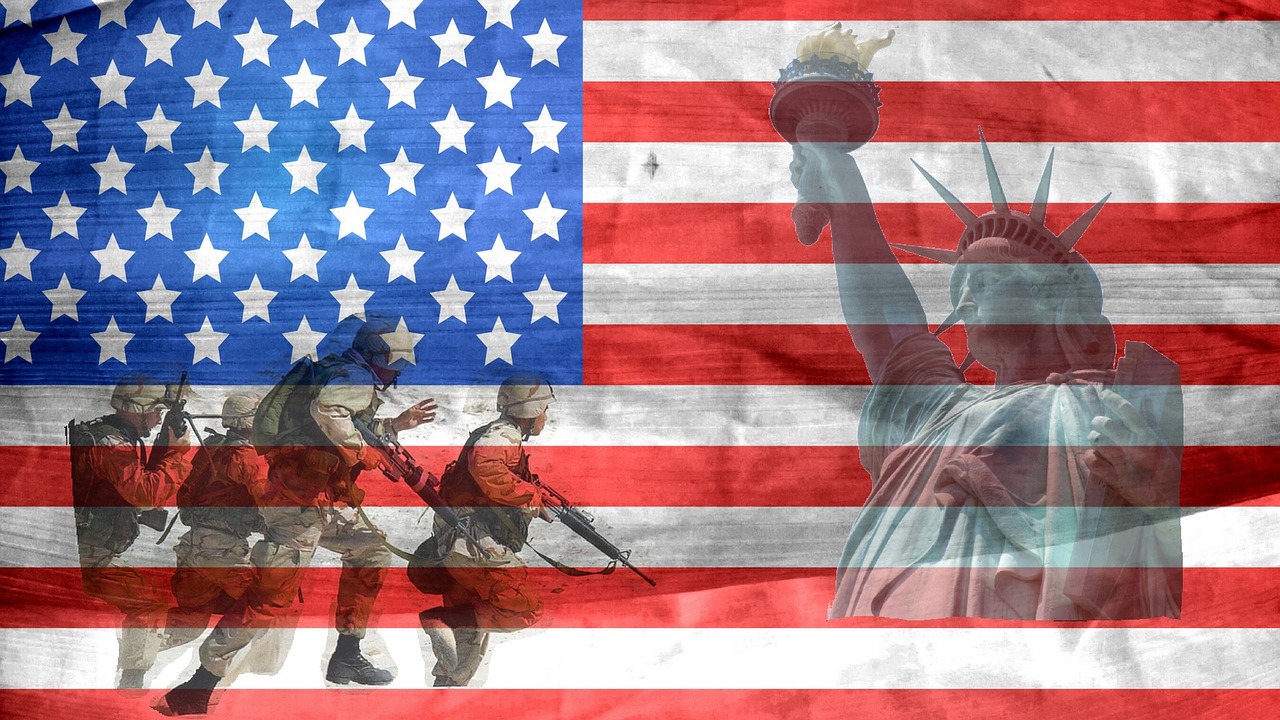The term stolen valor refers to people who falsely claimed they served in the military when they did not or received military awards they never earned. The reasons people do this are varied, but the trend seems to be growing larger all the time. Everyone from judges to anti-war activists to officials representing veterans’ groups have falsified information about their military service.
One Man Created the Group Stolen Valor to Address the Problem
While the most basic reason anyone engages in this behavior is to gain attention and admiration, some go so far as to forge false documents to receive military benefits they have not rightfully earned. The most common type of forgery related to stolen valor is applying for disability benefits.
One staff sergeant for the North Carolina National Guard, Anthony Anderson, felt so disturbed when he first learned of this trend that he volunteers his time to uncovering the fraudsters. After hearing the other side of the story to ensure his research is accurate, Anderson relies on public shaming via social media to prevent more people from copying the behavior in the future.
Congress passed the Stolen Valor Act in 2005 to make it a crime to falsify military service or awards. Unfortunately, the Supreme Court overturned the act in 2012. The following year, a revised act passed that prohibited people from gaining financial benefit by telling these lies. Several states have also passed their own versions of the Stolen Valor Act, which Anthony Anderson fully supports.
How Businesses Can Help Stop the Proliferation of Fake Military IDs
Hotels, restaurants, retail stores, and many other types of organizations provide discounts for active or retired military personnel. However, some people cannot resist the urge to game the system and create false military IDs to obtain discounts they have not earned.
Businesses can do their part to stop the stolen valor epidemic by obtaining a comprehensive identification manual. The manual instructs them on what types of identification cards are truly valid and how to validate a military ID.
The Common Access Card (CAC) is the standard identification for most military personnel and is about the same size as a credit card. Additionally, other people who might legitimately have a CAC are eligible contractors, civilian employees of the Department of Defense, and members of the Selected Reserve. The CAC comes in one of the following four classes:
- Armed Forces of the United States Geneva Convention Identification Card
- Department of Defense and/or Uniformed Services Identification Card
- Department of Defense and/or Uniformed Services Geneva Conventions Identification Card for Civilians Accompanying the Armed Forces
- Department of Defense and/or Uniformed Services Identification and Privilege Card
Military veterans or their eligible family members must carry a valid Uniformed Services Identification Card to maintain eligibility for discounts and specials services. Therefore, a veteran or family member will have one of these types of cards depending on their status:
- DD Form 2, Reserve
- DD Form 2, Retired
- DD Form 2, Reserve Retired
- DD Form 1173
- DD Form 1173-1
- DD Form 2765
- Department of Defense Retiree Card, Civilian
The United States Identification Manual also provides instruction on how to verify many other types of ID,. These include driver’s licenses, immigration documents, and non-driver identification cards.




